Website Contributors
Lorem ipsum dolor sit amet, consectetur adipisicing elit, sed do eiusmod tempor incididunt ut labore et dolore magna aliqua. Ut enim ad minim veniam, quis nostrud exercitation ullamco laboris nisi ut aliquip ex ea commodo consequat.
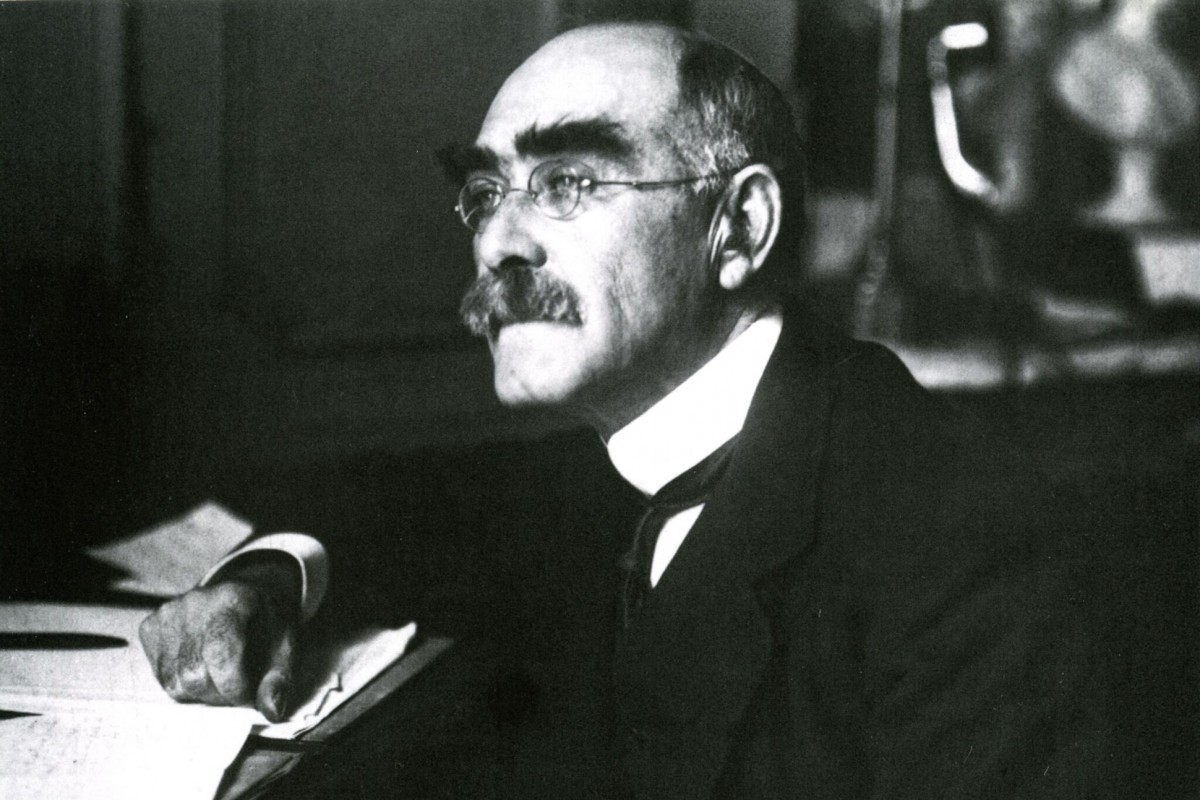
The poem, “The Way through the Woods”, surrounds itself entirely with the road that has been closed for “seventy years”. And as the poem proceeds, we find several themes placing their emergence in the lines of the poem, or in the tone in which the lines represent themselves. Despite the possibility of a handful themes… Continue reading Central Idea of “The Way through the Woods”: 2022
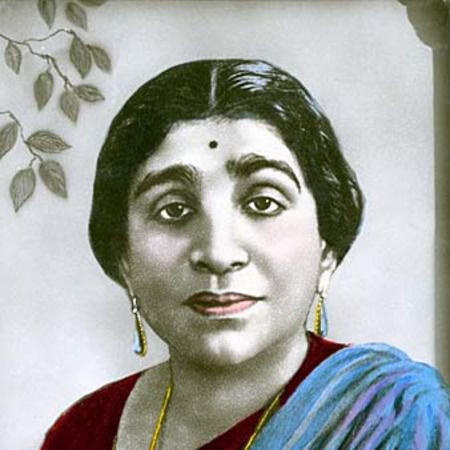
Born in pre-independent India, Sarojini Naidu(13 February 1879 – 2 March 1949), was bound to be troubled by the problems of her time. She struggled to free India from the fists of the British Raj, but before that she battled the stereotypical notions of being a woman and thus, fragile and incapable, as beheld by… Continue reading “To India” – Summary and Analysis by Sarojini Naidu: 2022
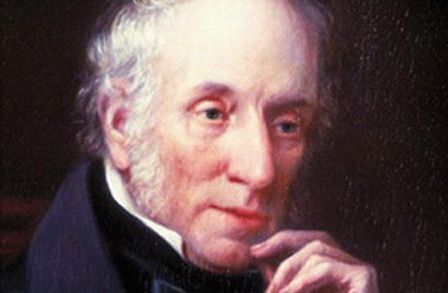
Collected in the Lyrical Ballads, among the ‘Lucy’ series, the poem She Dwelt among the Untrodden Ways, retraces the poet’s prevalent meditative mood. The poem begins with the third person pronoun, “she” and the poet immediately offers an objective detachment from the subjective persona. The mysterious aura is at once developed for she dwelt… Continue reading Tone and Rhyme Scheme: She Dwelt among the Untrodden Ways: 2022

In this poem, the poet finds himself caught in imagination, or memory, transfixed near his childhood home. Here, he meets a local character: a beggar whose beauty lies in his being old and is someone whom the poet knew as a child. The burden of existence has caused him to bend over with age, and… Continue reading The Old Cumberland Beggar: Themes: 2022

In this poem, the poet takes up Nature as the greatest teacher possible. Lucy had grown amidst the beauty of Nature for three years when it was decided that Nature would take up the responsibility of her education. She seems to be the most beautiful entity on earth, and Nature proclaims that Lucy will be… Continue reading Three Years She Grew in Sun and Shower: Summary and Analysis: 2022

Walter Pater defines Romanticism as an “addition of strangeness to beauty”; Wordsworth detects in the common aspects of life, “the light that never was on sea or land.” It is the obscure light that Wordsworth detects to be in unison with the aspects of nature. Thus in the theme of Romantic transcendentalism, the poem Three… Continue reading Three Years She Grew in Sun and Shower Themes: 2022

In the poem How the Camel got his Hump, Rudyard Kipling compares man with a camel. Or precisely, he compares man’s posture with that of a camel’s. The poetic voice expresses here the notion of laziness, and what it eventually does to a man. The camel’s hump is absolutely not a pleasant sight to see… Continue reading How the Camel Got his Hump Summary: 2022
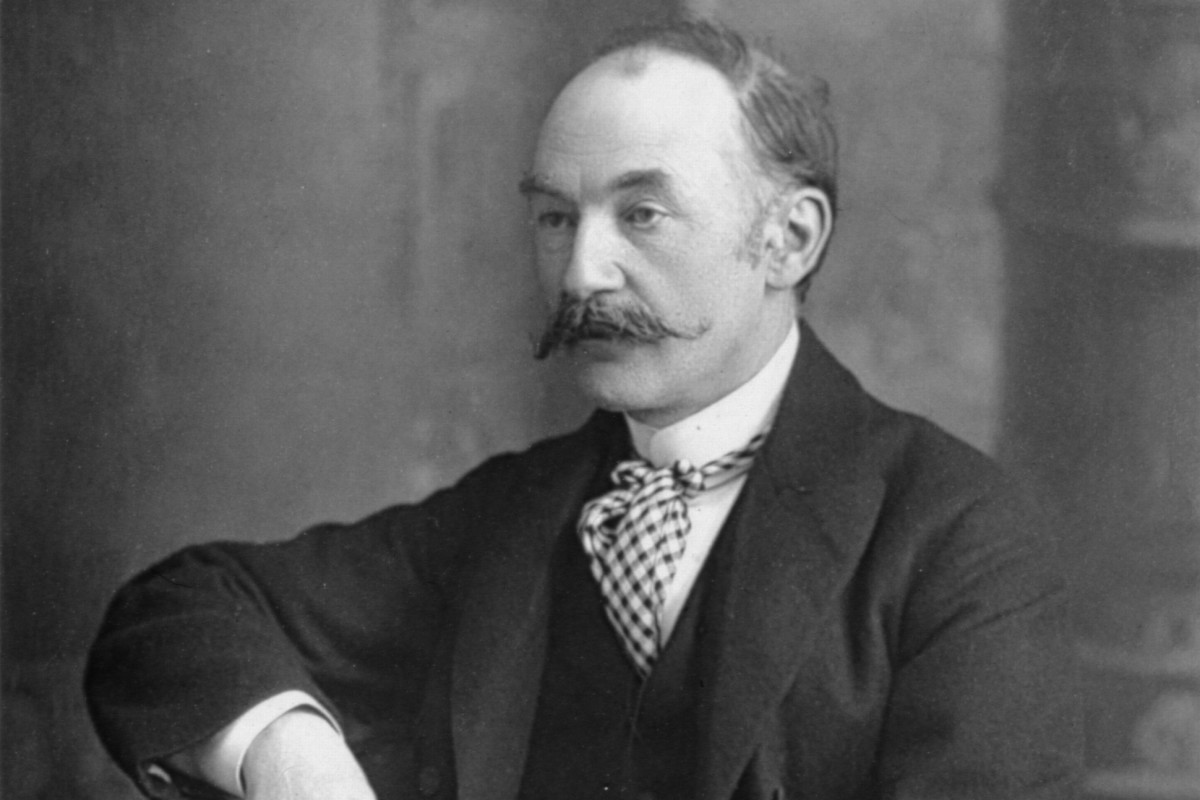
The poem was written in 1869 and was first published in 1914 in Thomas Hardy’s collection of poems, Satire of Circumstances, Lyrics and Reveries. Lyonnesse is a mythical place of the Arthurian legend and the poet’s employment of a mythical atmosphere adds a mystical flavor to the poet’s subsequent journey. When I Set Out For Lyonnesse Summary… Continue reading When I Set Out For Lyonnesse Summary: 2022
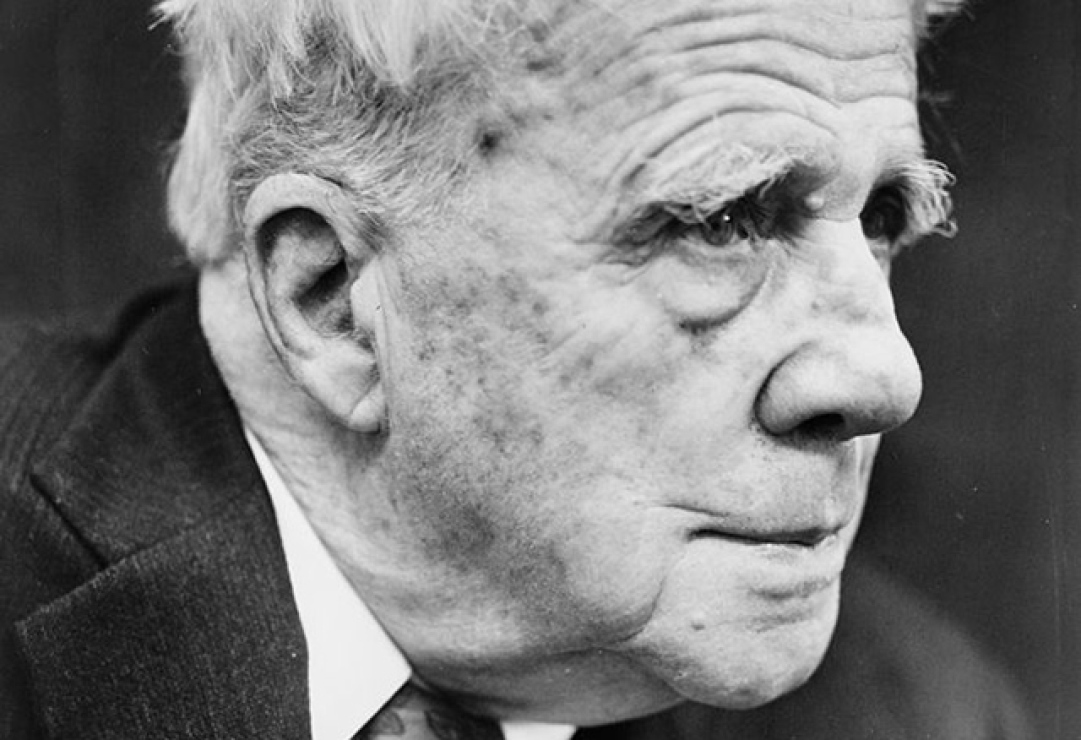
An extremely precise and compact lyric, Fire and Ice traces the didactic tone of the speaker compressed into a terse and pithy language. The aim of the poet is aphoristic, where concise statements are packed with general or philosophical truth. The tone of the speaker is undercut with humor, wrath, passion, fury, objective detachment and… Continue reading Tone of the Poem “Fire and Ice”: 2022

Symbolic overtones pervade the laconic atmosphere of the poem. The poem is itself a symbol of foreseeing the ultimate end of the world, punctuated human conditions. The poem is also a symbol of human acceptance of the ultimate and inevitable end, the predestined end that we must and have to embrace. Figures of Speech in… Continue reading “Fire and Ice”- Figures of Speech and Imagery: 2022




